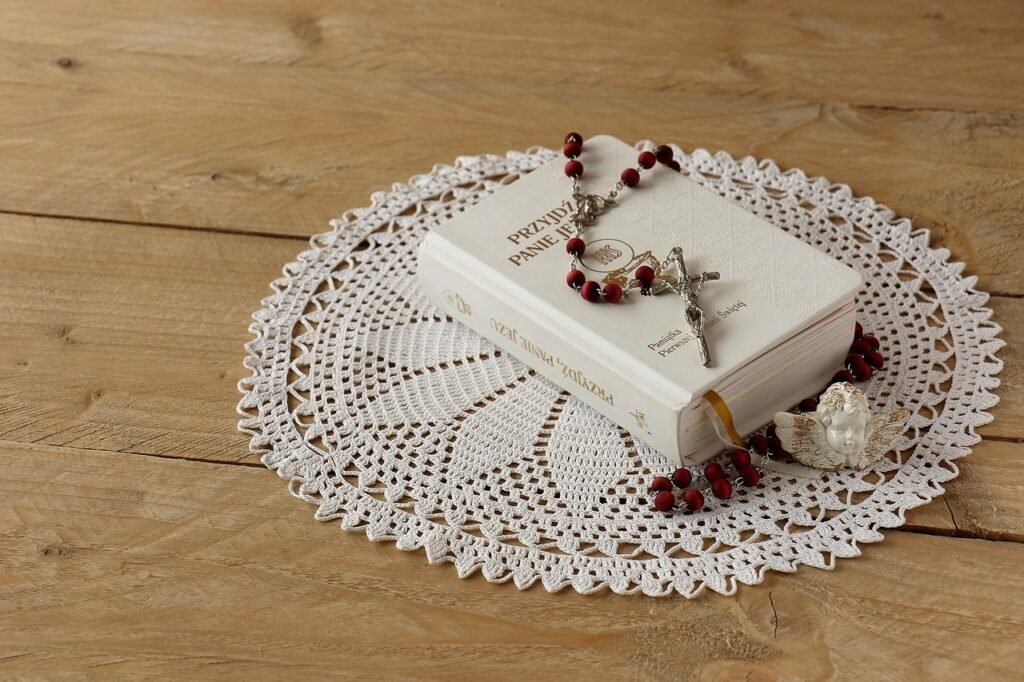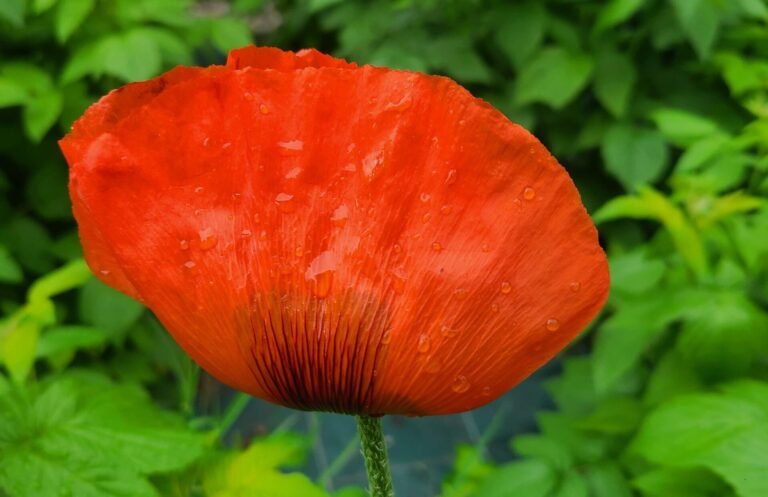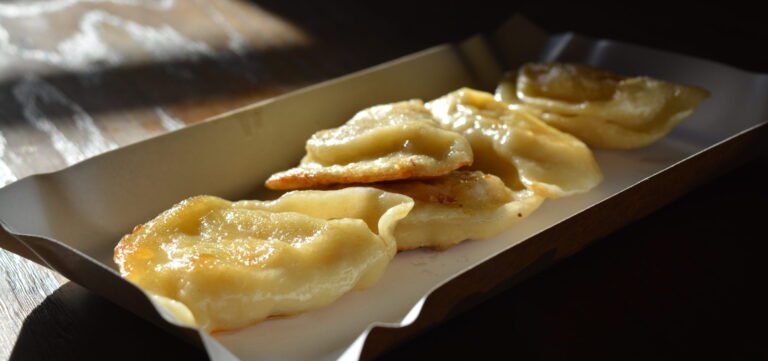When I was 8 years old, my parents enrolled me in Polish school, in addition to regular school.
Polish school, from K to 8th grade, was held every Saturday for approximately four hours. The primary purpose was, much like Sunday school, to teach kids religion. We were also taught Polish geography, language, and history.
We learned about Boleslaw Chrobry, the Battle of Grunwald, the coal mines of Śląsk, the endless ways to conjugate simple words, when to use “ch” versus “h”, the rosary, and Ten Commandments, among many other things.
In theory, this was a great idea. A way to connect kids to their heritage, to the community. In practice, no kid wanted to go to school 6 times a week.
Polish school: Sunday school for the Polish kid
I can confidently say that eight-year-old me did not recognize the benefit of Polish school and the knowledge that was being imparted on me.
Most of my peers thought the same. I at least had the benefit of having learned how to read and write in Polish, prior to our move to the US, so grammar lessons were a breeze. Many of the other kids struggled with both pronunciation and spelling: Polish grammar is not easy for native speakers, much less individuals who hadn’t grown up surrounded with the language. Anyone familiar with the children’s poem by Jan Brzechwa that begins with W Szczebrzeszynie chrząszcz brzmi w trzcinie can sympathize.
The primary reason for my attending Polish school, however, was not so I could brush up on tongue twisters but, rather, to prepare for the Catholic rite of First Communion.
To participate in First Communion, a child must meet certain prerequisites which are usually covered in classes via Catholic or Sunday school. In this case, prerequisites could be met with the religion course taught in Polish school.
The school was connected to our local church, of which the rector was a Polish priest. Classes were located in a large hall in the basement. The hall was otherwise used for parish festivities, plays (there was a stage), and various meetings. Each Saturday morning, the large room was converted into 10 classrooms, separated by curtains assembled on portable pipes. Not a very intricate system, but it did the job.
To prepare, second-graders were taught the Catechism, learning about core tenets of Catholicism and memorizing various prayers. We recited the Creed, prayed the rosary, listed the sacraments, explained the seven deadly sins, and so on. After successfully completing the class, we were ready to participate in the First Communion Mass in May.

1,000 years of history…and stale hot dogs
Aside from religion, we were taught Polish history, which proved to be much more daunting than the U.S. history I was learning in regular school. There were kings, castles, partitions, and what seemed like endless invasions. Everyone’s favorite date (and perhaps the only one they remembered) was 966, the baptism of Poland. It was actually the baptism of Mieszko I, the Duke of Poland, but with said baptism the Polish state was born.
History was decidedly not my favorite subject, though I’d grown to appreciate its complexity as an adult. As a kid, I enjoyed Polish language, potentially because I had a leg up, but also because I enjoyed language (and literature) in general. While I couldn’t name Polish kings or the most significant battles, I was happy to recite complex texts in Polish.
I didn’t mind geography class, although it was much more involved than just learning about maps, it turned out. We were taught about rock formations, clouds, weather patterns, along with Polish rivers, mountains, and other natural phenomena.
The moment that everyone looked forward to was “lunch”: a 15 minute break during which we could devour our home made sandwiches or enjoy a stale hot dog sold by school volunteers. What a treat it was to eat that stale hot dog!
Takeaway
Now that I’m older, I look back on these classes with mixed feelings. On the one hand, I was regularly exposed to Polish culture and peers. On the other, did I need this exposure? I didn’t feel that I learned much about being Polish or about the struggles of Polish immigrants from my peers. Did I really need the extra schooling?
One thing is clear: I may have mixed feelings about the school, but both my parents and I needed the community. Mom and dad were able to interact with the other parents, and at the end of the day we had something relevant to our homeland to talk about. I may not have loved the homework, but it gave my parents an opportunity to share their knowledge and experiences on topics that they knew much better than I. It provided a sense of normalcy, in the otherwise extraordinary circumstances of navigating a foreign world.


